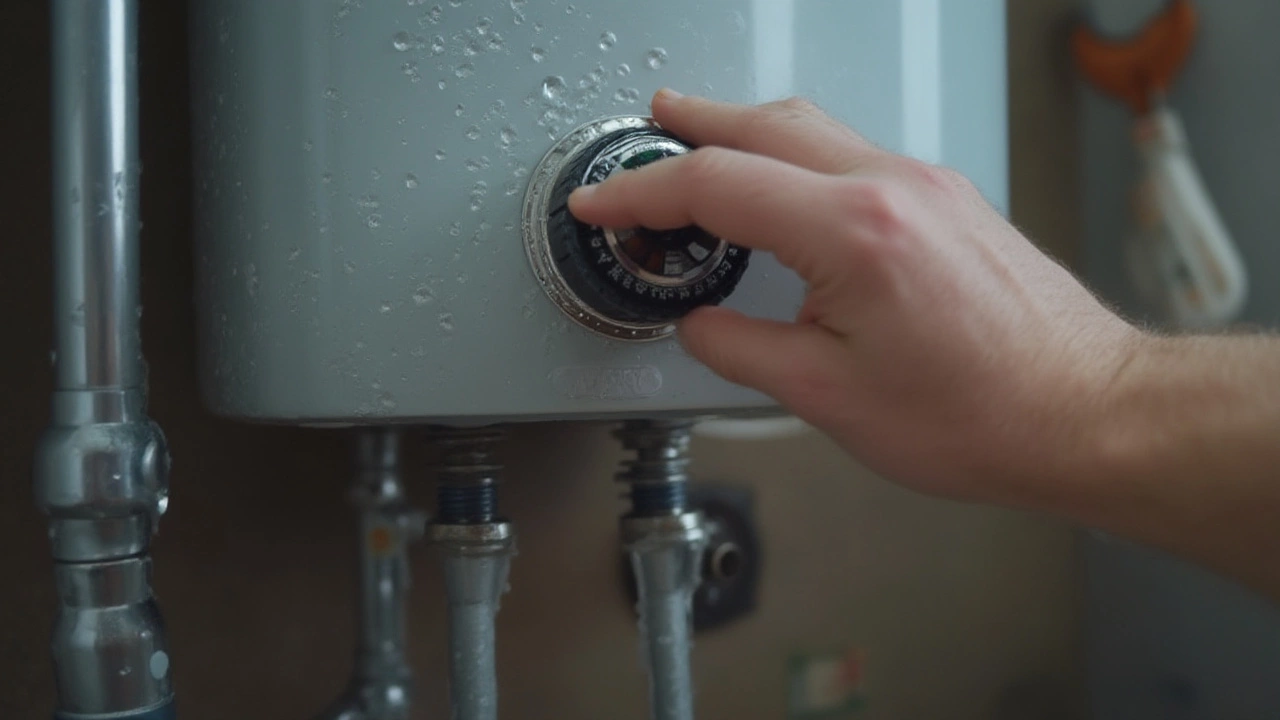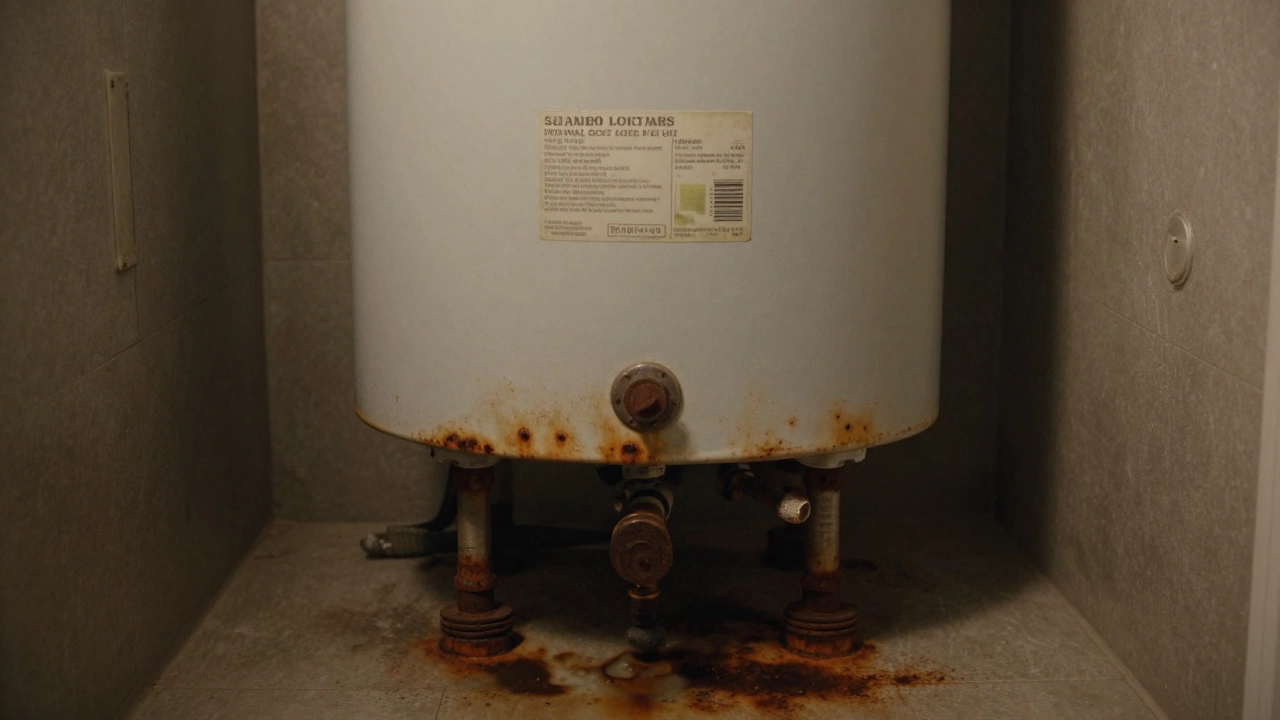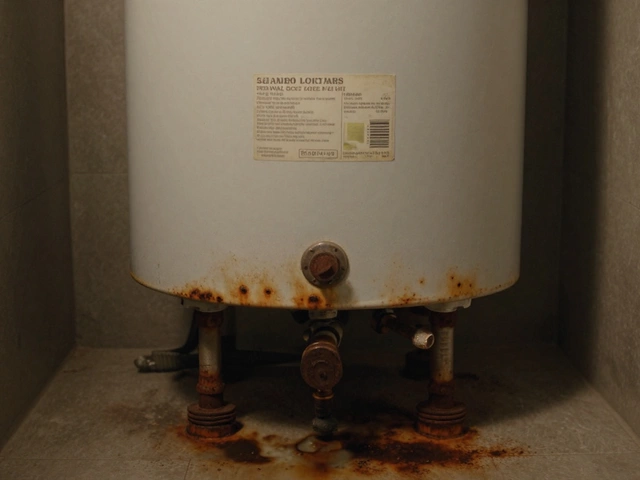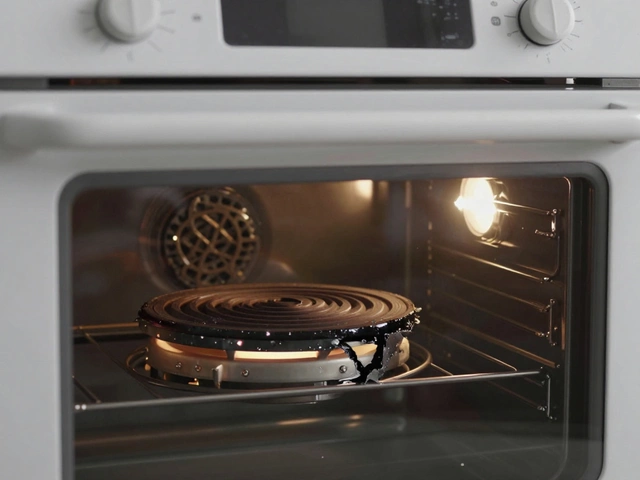Ever turned on your shower expecting a stream of hot water and instead felt a splash of disappointment? A water heater that’s acting up can turn the morning routine into a cold shock. Strangely enough, most people don’t suspect anything’s wrong until hot water vanishes or the unit makes sounds that remind you of a haunted house. But you don’t have to get caught off guard. Understanding whether your water heater is running smoothly doesn’t require being a plumber or having a toolbelt hanging from your waist. With a few savvy checks and tricks, anyone can catch the signs of a hiccup before it morphs into a steamy (or icy) mess. Here’s how to play detective and figure out if your water heater is really pulling its weight—or just coasting by.
Common Signs Your Water Heater Isn’t Working Right
Catching trouble early is all about noticing the little things. Water heaters rarely just quit; they usually drop hints long before giving up, much like a car that starts coughing before the engine sputters out.
First off, let’s talk about temperature. The most obvious warning flag: it takes a century to get hot water, or maybe you’re getting only lukewarm water no matter where you set the knob. No one’s ever cheered at a chilly shower, so it’s a good place to start.
Now, listen carefully. A healthy heater is relatively quiet, aside from the faint noise of water moving around. If yours starts grumbling—think pops, bangs, hisses, or even gurgling—there’s probably sediment lying on the tank bottom, insulating the heating element and making it overwork. This is not just annoying; it’s a big warning. Granules from hard water pile up over time, and according to the U.S. Department of Energy, flushing your water heater tank every 6-12 months can add years to its life. Skip this and your heater will probably retire early.
Leaks spell trouble for any appliance, but a puddle at the base of a water heater is never a “wait-and-see” situation. Even tiny drips can hint at internal corrosion or loose connections, both of which can escalate into big, wet headaches.
Check your water for rust. If turning on the hot tap gives you rusty-colored water, the inside of the tank might be corroding. This is more than just ugly; it’s a sign your water heater could fail soon—a fact that drove me to replace ours last summer before Laura threatened to do it herself.
The age of your water heater matters more than most people think. Average life span? About 8 to 12 years. If your unit’s old enough to vote or rent a car, you may be pressing your luck. Homeowners tend to forget how old their tank is. You’ll typically find the manufacture date on a sticker near the serial number. If you bought your house with the heater already installed, grab a flashlight and check. Better now than during an icy-cold midnight shower surprise!
Last, don’t ignore utility bills. A heater working too hard will use more gas or electricity. If your hot water needs haven’t changed but your expenses have spiked, your heater might be wasting energy due to internal inefficiencies—or even a thermostat gone rogue.
How to Check Your Water Heater’s Performance
Ready to roll up your sleeves? Diagnosing water heater trouble isn’t rocket science—it’s mostly observation and a couple of light chores. Don’t worry, none of them require you to be part octopus.
The most basic test: run every hot tap in your home one at a time. Let them flow for a minute. If all of them bring you steamy water, your heater’s likely okay, at least for now. If one is cold and another is warm, you could have plumbing or heater issues.
Thermometers aren’t just for fevers. To see how accurately your heater works, fill a cup with hot water from your tap and use a kitchen thermometer. Aim for 120°F (49°C). That’s the sweet spot—high enough to kill common bacteria, low enough to prevent scalding. Anything consistently below that hints at a defective thermostat or burnout in the heating element.
Check the temperature setting on your heater. Most units have a dial—usually under a removable metal panel if yours is electric, or right out in the open if it’s gas. Make sure the dial’s set to 120°F, not higher. Cranking it up “just in case” can actually shorten your heater’s life and cost you more money, not to mention being a burn hazard.
For gas water heaters, look at the pilot light. If it’s out, follow the relighting instructions (often printed right on the tank). If the pilot keeps going out, this could signal a faulty thermocouple, bad gas valve, or inadequate venting. With an electric heater, no hot water at all may mean a tripped circuit breaker or a blown fuse.
Go tactile: put your hand on the side of the heater (carefully). It should feel warm but not scorching. Any unusual hot spots or visible bulges? Trouble’s brewing inside—bulging often suggests pressure buildup or weakened metal, both red flags for safety.
Sediment buildup is sneaky. The easiest way to catch it? Listen for popping or crackling noises as the heater runs. If you’re game for a DIY test, try draining a few gallons from the tank via the drain valve at the bottom, using a hose. Catch the water in a clear bucket. See gritty bits? That’s sediment. The more you find, the more often you need to flush it for peak performance and safety.
Water pressure matters, too. Low hot water pressure compared to cold water could mean your heater or its pipes are clogging up with corrosion or debris. If your heater is in its golden years, this could mean it’s nearly time to upgrade.
Finally, rely on your nose—sniff near the base of the heater. The faint odor of rotten eggs can point to bacteria reacting with the tank’s anode rod, or even a gas leak if you have a gas heater. If you suspect a gas leak, get everyone (including Rex) out and call your gas provider pronto.

Maintenance Tips to Keep Your Water Heater Happy
Even top-notch water heaters need a little TLC to keep cranking out those toasty showers. Ignore the maintenance side, and your heater could give you a frosty wake-up call—or at least a leak that soaks your socks. My own system runs smoother since I started treating it almost like I treat my dog Rex; a little routine care, and it keeps performing without complaint. Here are a few steps I’ve picked up along the way:
- Test the pressure relief valve annually. This safety feature keeps your heater from turning into a makeshift steam engine. Flip the lever—it should flush water into the overflow pipe. If it doesn’t, replace it.
- Flush the tank at least once a year. Attach a garden hose to the drain valve and let water (and any sediment) flow out until it runs clear. This simple step can extend your tank’s life by years.
- Inspect the anode rod every couple of years. This rod sacrifices itself to prevent tank rust. If it’s eaten away or coated in calcium, swap it out. They’re pretty cheap and easy to replace.
- Insulate exposed pipes. Especially if your water heater is in a cold basement or garage, this keeps your water hotter with less energy.
- Check the thermostat once every few months. Make sure it’s set right at 120°F, and give it a gentle test to confirm accuracy.
- Clean around the base of the heater. It keeps dust and debris from choking the air inlets (especially important for gas models).
- For families with lots of hot water use (teenagers, anyone?), consider checking the tank more frequently for sediment and rust.
- If you’re heading out for vacation, drop the heater to “vacation” or “pilot” mode. Saves energy and prevents overheating while you’re away soaking up the sun (or, honestly, just catching up on sleep).
Don’t forget that a little attention to maintenance not only saves headaches but can also cut down on utility bills. According to the U.S. Department of Energy, homes that flush their water heater at least once a year can save up to 12% on heating costs and increase the appliance’s lifespan.
Safety Risks and When to Call a Pro
Not every water heater problem is a “do it yourself and pat yourself on the back” situation. Sometimes, ignoring certain warning signs can actually put your home in danger—or at the very least, empty your bank account when you least expect it.
If you see signs of a major leak or rust spots on the outside of your tank, don’t just slap a towel around it and hope for the best. Water heaters store and heat several gallons—up to 80 in some homes, which is enough to cause serious water damage if the tank bursts. Statistically, water heater leaks are responsible for hundreds of millions in home insurance claims every year, according to National Association of Home Builders studies. A tiny leak can suddenly become a major rupture, which means a ruined floor, soaked walls, and a mountain of repair bills.
With gas heaters, there’s another major hazard: carbon monoxide (CO). This odorless, colorless gas can escape into your home if your heater isn’t vented properly, and it’s deadly in high amounts. Every year, the CDC reports about 430 accidental deaths from CO poisoning in the U.S. Install a CO detector within 15 feet of your heater if you haven’t already—ten bucks at the hardware store can save your family’s lives.
Pilot lights that won’t stay lit, soot streaks, or any sign of a burnt smell from a gas unit requires immediate attention. Don’t try to fix gas leaks or faulty pressure relief valves yourself—play it safe and call a licensed plumber instead. Same goes for electric water heaters that constantly trip breakers. Electricity and water are a combination best left to the pros, especially in older homes where wiring might already be on borrowed time.
If you get rusty or muddy water out of the hot tap even after flushing, or major temperature swings no matter how you set the thermostat, a failed internal component could be to blame. At this point, the cost of repairs (or the risk) usually means calling in an expert makes more sense.
One of the rare but real freak accidents: if the pressure relief valve fails and the internal temperature climbs, the tank could explode. It sounds like urban legend, but there are documented cases—search YouTube for some wild slow-motion tests if you need convincing. A working pressure relief valve is your water heater's best safety feature.

Making Your Water Heater Last Longer: What Most People Miss
Water heaters aren’t high-maintenance by nature, but there are a few long-term care habits you can adopt that most folks miss out on—usually until after their heater’s gone out and the family is huddling around a pot of boiling water on the stove like it’s the 1800s.
If you live in a hard-water region—anywhere you see chalky white buildup on faucets or glassware—installing a whole-house water softener can make a massive difference. Hard water is the enemy of heaters. Mineral buildup insulates the tank's heating element from the water, forcing it to work harder and burn out faster. Data from the Water Quality Association shows that soft water is linked to at least 20% longer life for most water heaters.
Many people don’t realize that tankless (on-demand) water heaters need routine maintenance, too. Once a year, run a vinegar solution through the system to flush out limescale if you’re in hard water country. Even tankless units can lose efficiency if they’re left to fend for themselves. On average, tankless heaters last 20 years with basic care, compared to 12 for tank models—and staying on top of cleaning helps you get your money’s worth.
An easy trick that’s often overlooked: clear at least 2 feet of space around your water heater. Stacking boxes, bags, or even laundry next to it can restrict airflow and lead to overheating, especially for gas models that need proper ventilation. I used to regularly stack Tristan’s outgrown sports gear in the basement near our tank—until a tech pointed out the risk during a maintenance call.
Another pro tip: record the maintenance you do—dates of flushing, anode rod checks, and pressure valve tests. It sounds basic, but when strange noises or cold water strike, those notes help you or your plumber trace the problem faster.
Don’t forget the little things: replace caulking around pipes if you spot leaks, and double-check that the insulation jacket (if you have one) isn’t blocking any controls or vents. The better you treat your heater, the less likely you’ll be boiling pans of water on the stove the next time a cold snap hits.
Here’s a table with lifespans and maintenance intervals for common water heater types to keep your memory fresh:
| Water Heater Type | Typical Lifespan (years) | Flush Interval | Anode Rod Check |
|---|---|---|---|
| Tanked | 8-12 | Every 12 months | Every 2 years |
| Tankless | 18-20 | Every 12 months (descale in hard water) | N/A |
| Heat Pump | 12-15 | Every 12 months | Every 2 years |
| Solar | 10-20 | Every 12 months | Every 2 years |
If you’re hoping for simple, the answer is this: treat your water heater like a silent partner in your comfort. Watch for drops in performance, weird noises, and leaks. Pay attention to its basic needs, and you’ll keep hot water flowing (and avoid surprise cold showers that nobody, not even Rex, enjoys).




